Connected Commerce: How It’s the Evolution of Omni-Channel
There are many different ways companies have defined omni-channel, but perhaps the simplest way to think about it is “whatever, whenever.” Empowering customers to purchase whatever they want and whenever they want to.
For Hubspot, it’s about delivering a seamless experience across all the ways we buy.
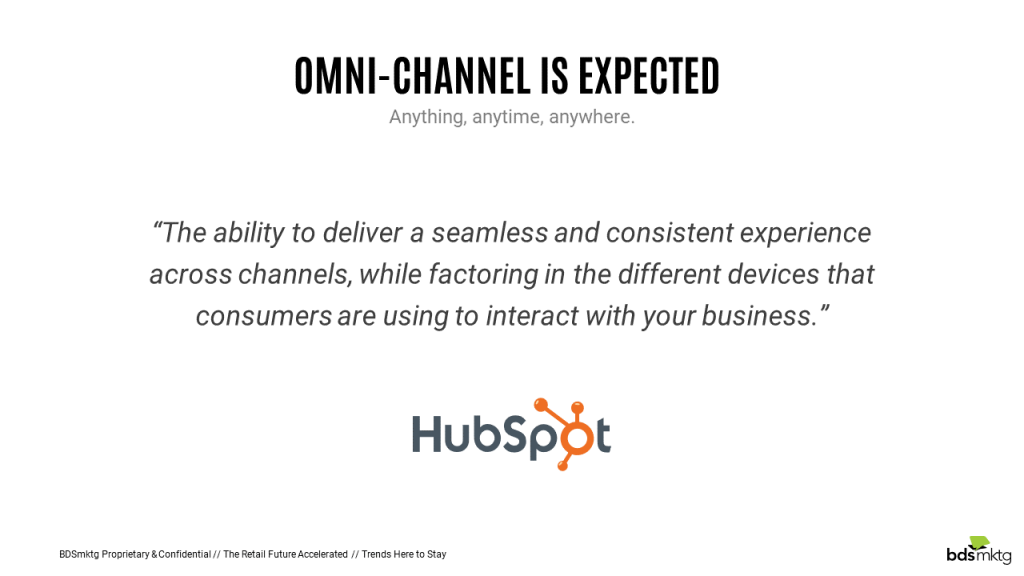
For Google, conversion is always a key retail metric, and omnichannel is about providing conversion options and letting the customer decide.
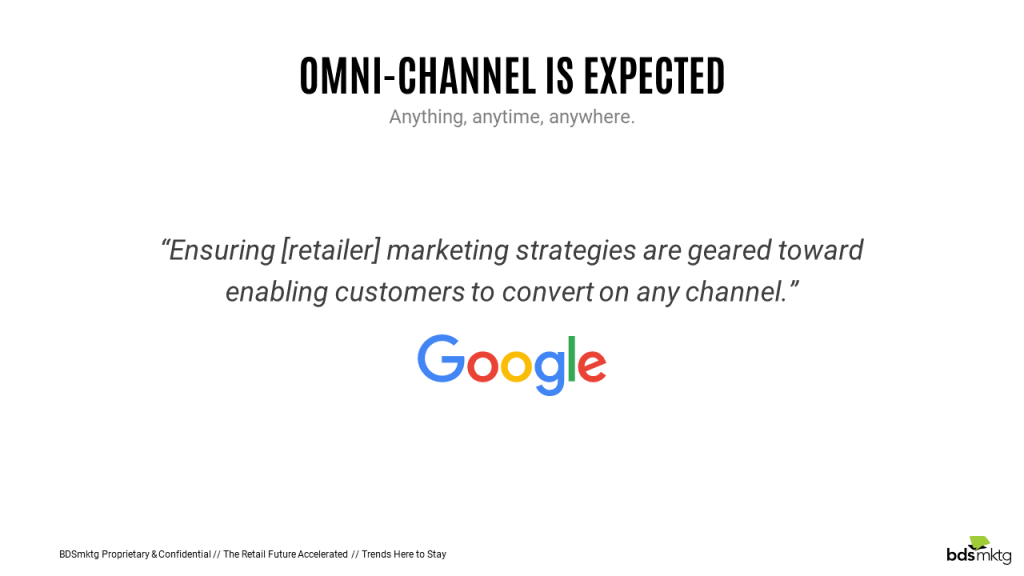
Although there are many definitions – at the end of the day omnichannel gives consumers the flexibility to engage brands across many channels. Because of this, the data shows that almost half of consumers will interact with up to 10 different touchpoints one or more times per week when purchasing a product from their favorite retailer!
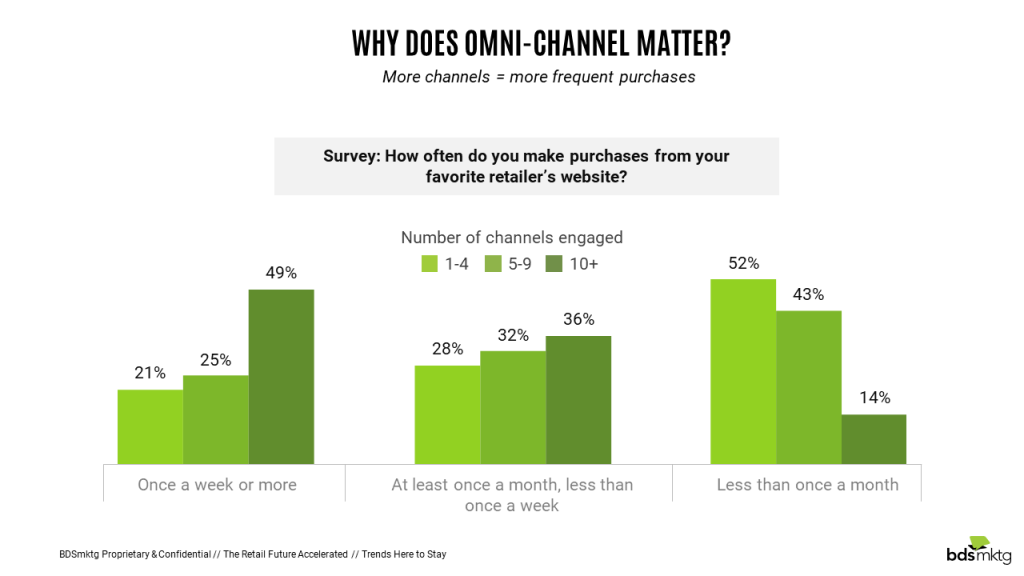
Being present in more channels provides more opportunities to buy and you could deduct, that the more channels, the more frequently they make a purchase, right? Which brings me back to this word…
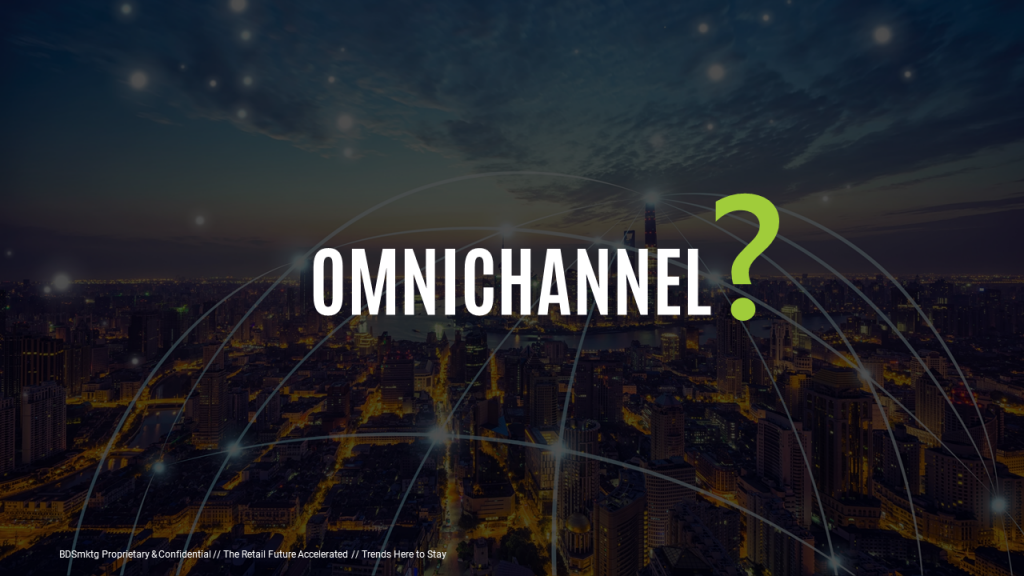
Omnichannel. In some ways, it feels BIG. Others would say…it’s a must DO. For me? It’s a bit of a question mark. You’re thinking – after everything we just said, how could Omnichannel be a question? We have preached Omnichannel for years. But today, my question is… is it enough?
As you all know, we need to be where our customers are, we need to be there for them on their terms…when and how they want to engage. Omni channel has evolved to be more – just being present in every channel isn’t enough, it’s how you CONNECT and merge the channels to the one thing that matters – the customer.
Today, Connected Commerce is omni-channel 2.0, and it’s the future of retail. How do we define connected commerce? It’s a seamless and personalized integration of online and in-store that enables consumers to shop, purchase, and receive goods on their terms, wherever, whenever, however they want.
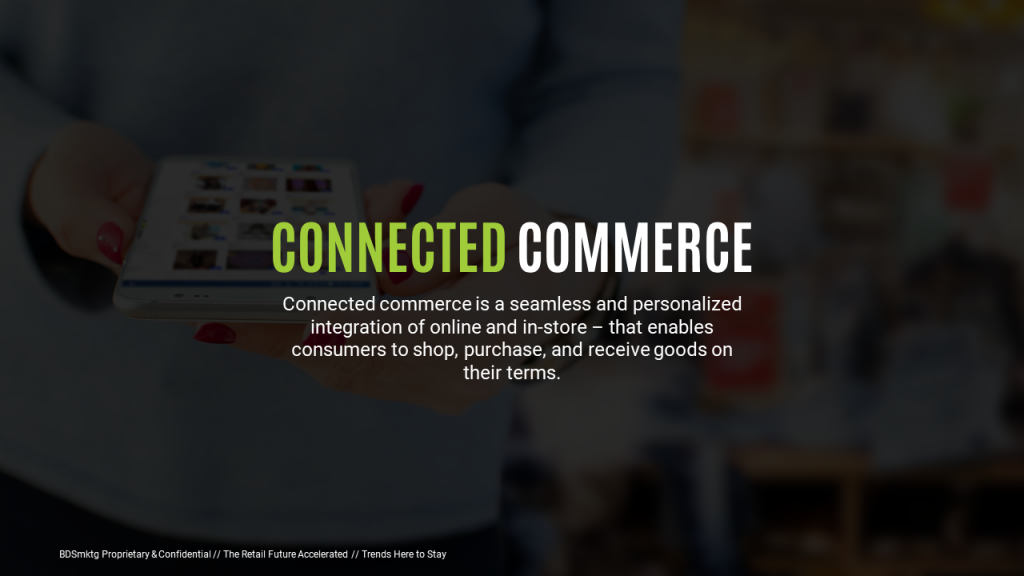
Many retailers, like Warby Parker, have seen and experienced this shift first-hand – it’s a convergence of many where the experience and path to purchase becomes seamless. And at CES in January, Best Buy’s CEO, Corie Barry, also acknowledged this convergence. She said, “Do [customers] want to come in the store, do they want to get [their purchase] curbside? Are they okay waiting for us to ship it? We need to agnostically meet that customer wherever they are, and I think that’s going to be the future of retailing.”
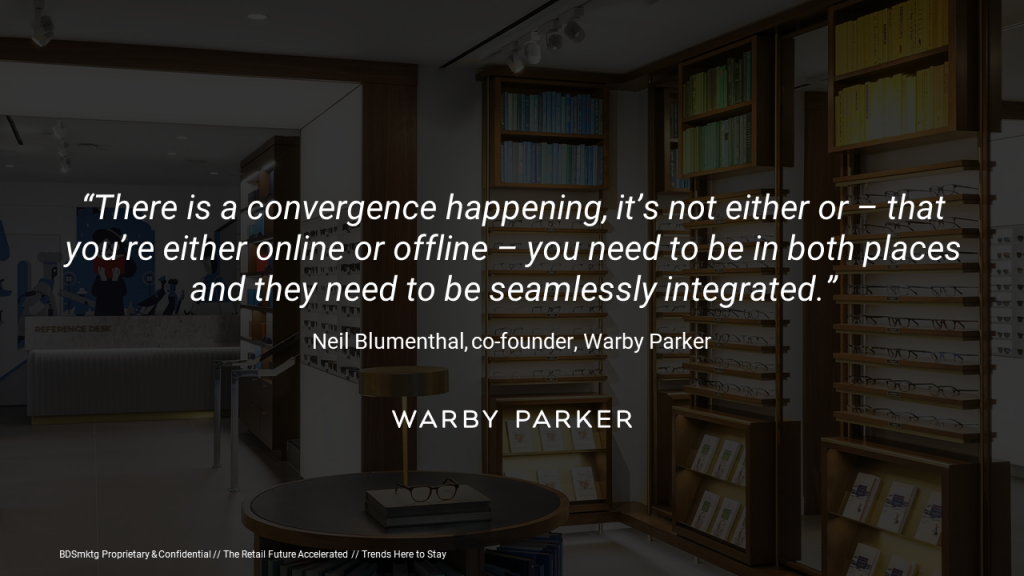
Using that connected commerce frame of mind, we can’t ignore the massive role that mobile, and especially video, plays in all of it.
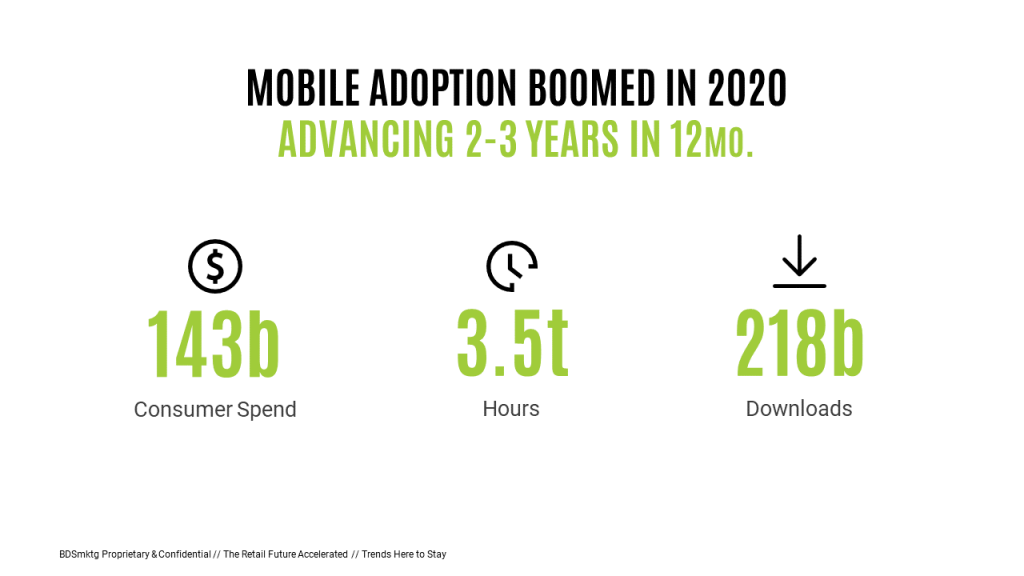
There’s no denying that the pandemic sped up mobile adoption as much as 2-3 years in as little as 12 months. That transformation is incredible when you think about it. But what does it mean for retail? The more mobile users there are, the more opportunities there are to innovate the way that we buy and sell.
Which leads me to what my new series is all about: Building the Shopper Journey for the Future. Over the next few weeks, you’ll learn about:
- The trends that will stick – as proven by the pandemic and this past holiday season.
- Who our future buyers are and what gets them motivated.
- And finally, future-forward retail concepts that will help guide your journey as you begin to plan for the future of shopping.
Keep following me on LinkedIn for more to come around this topic: https://www.linkedin.com/in/seanludick/.


